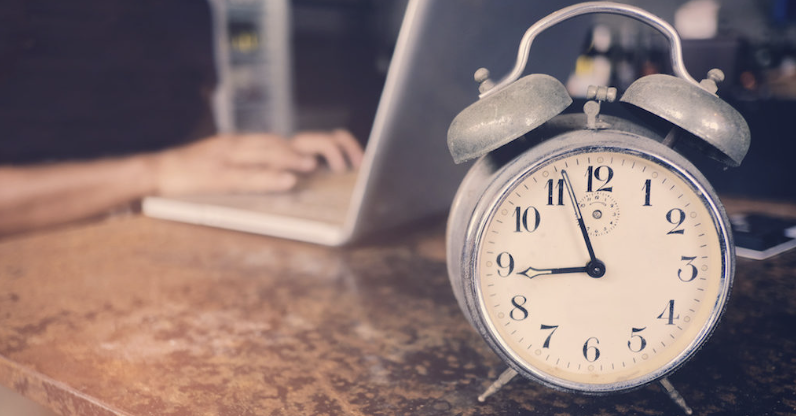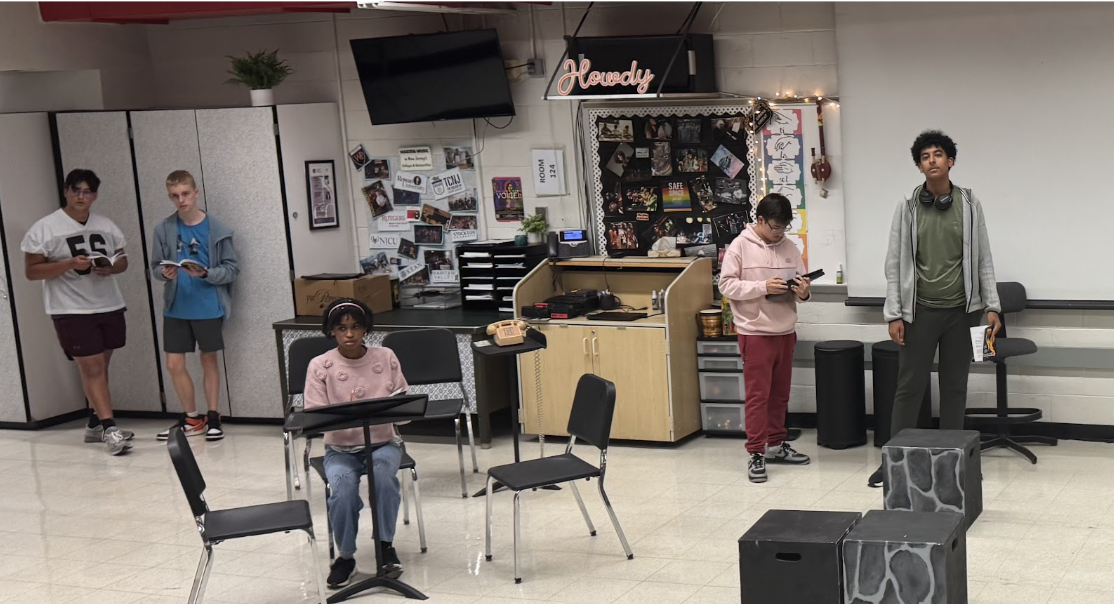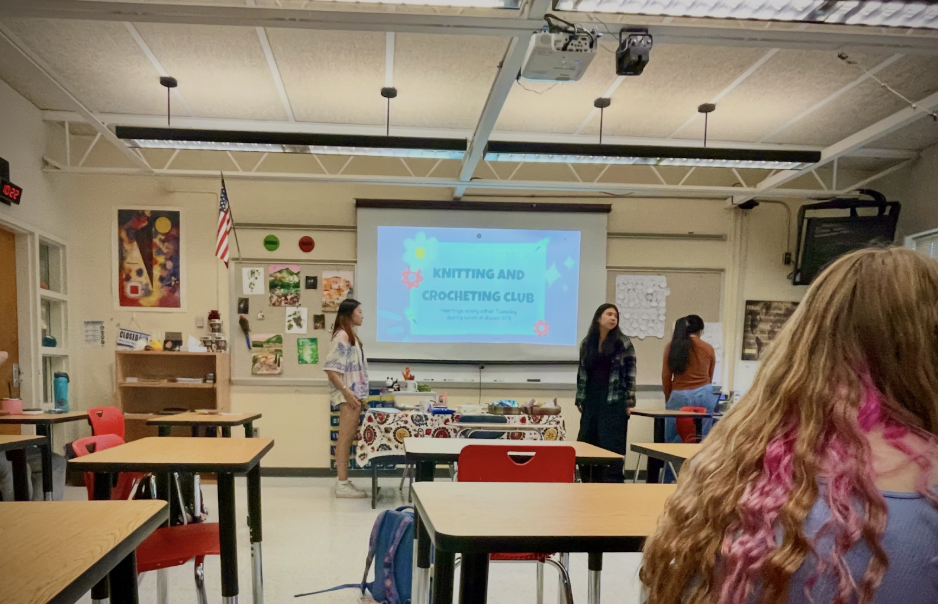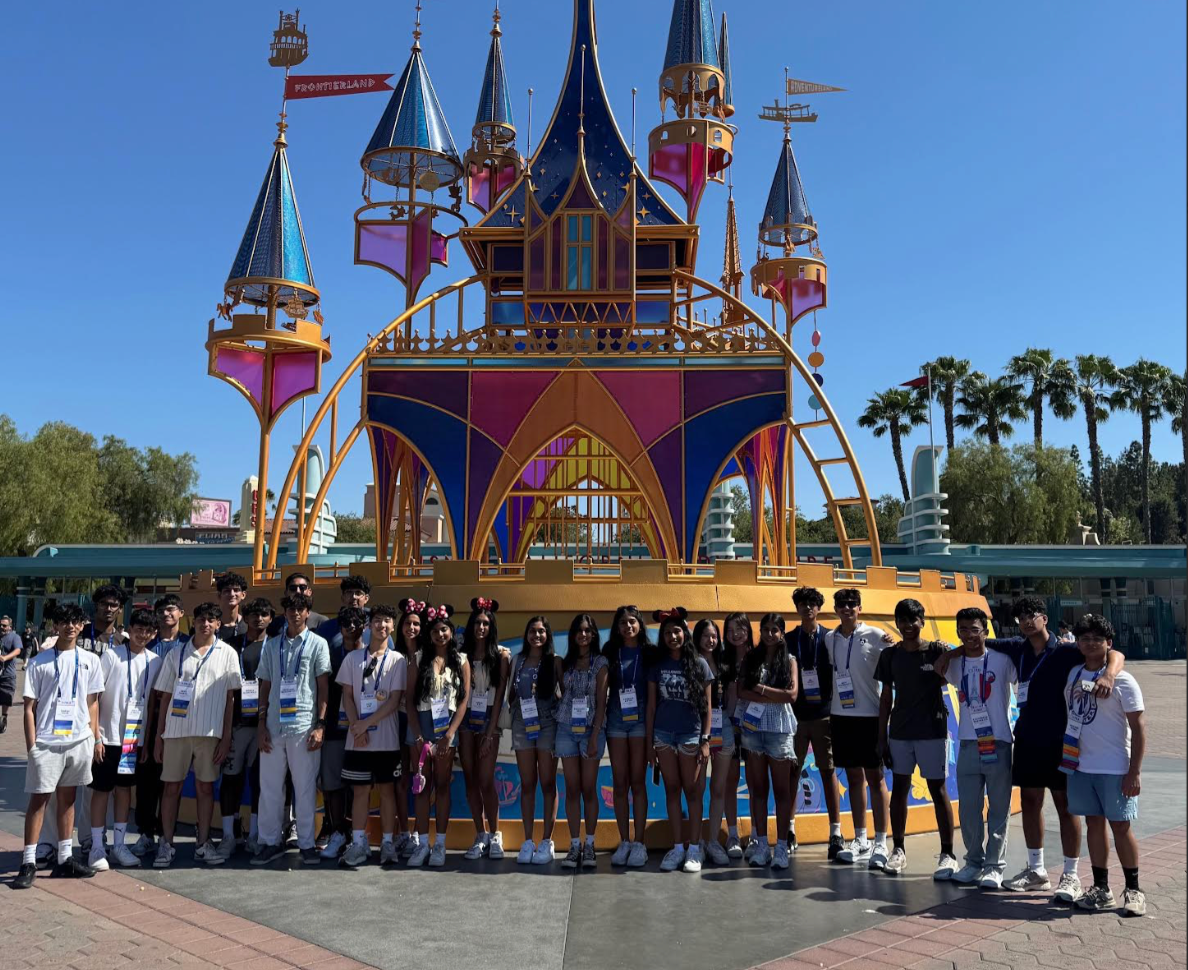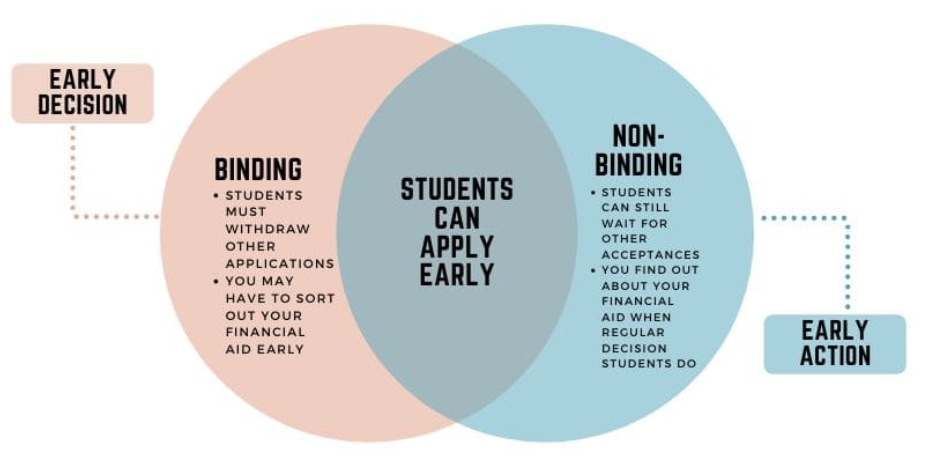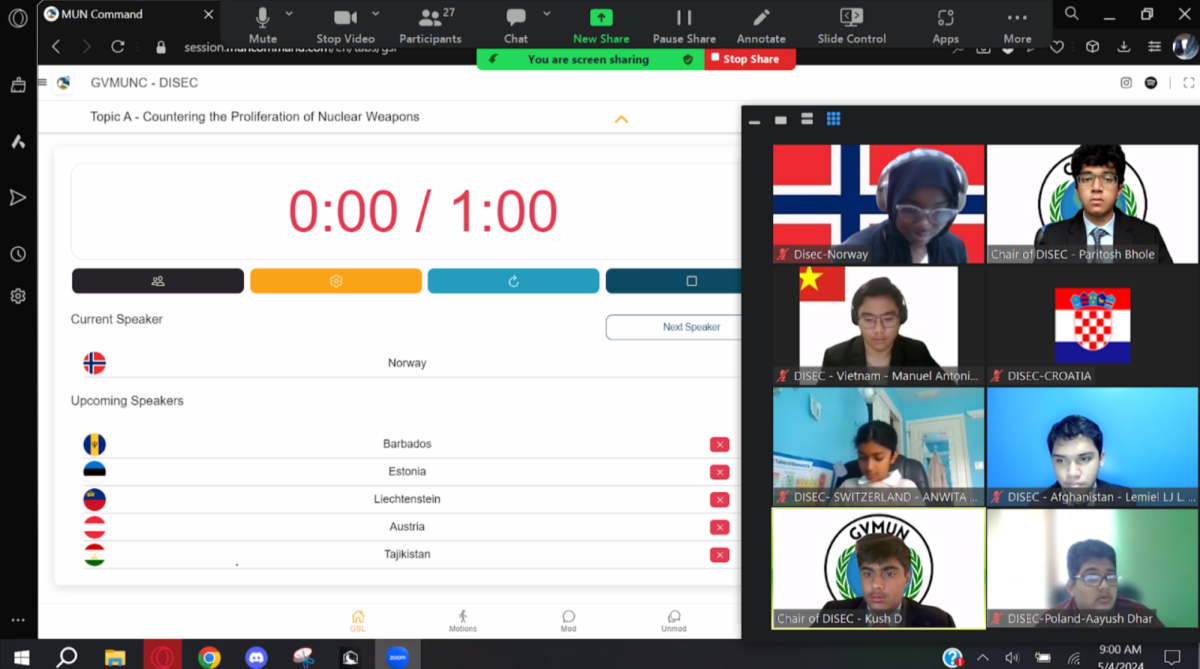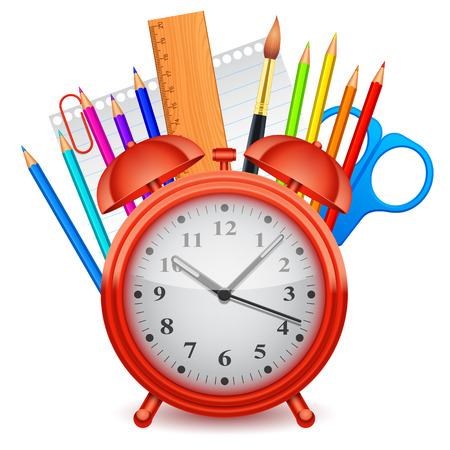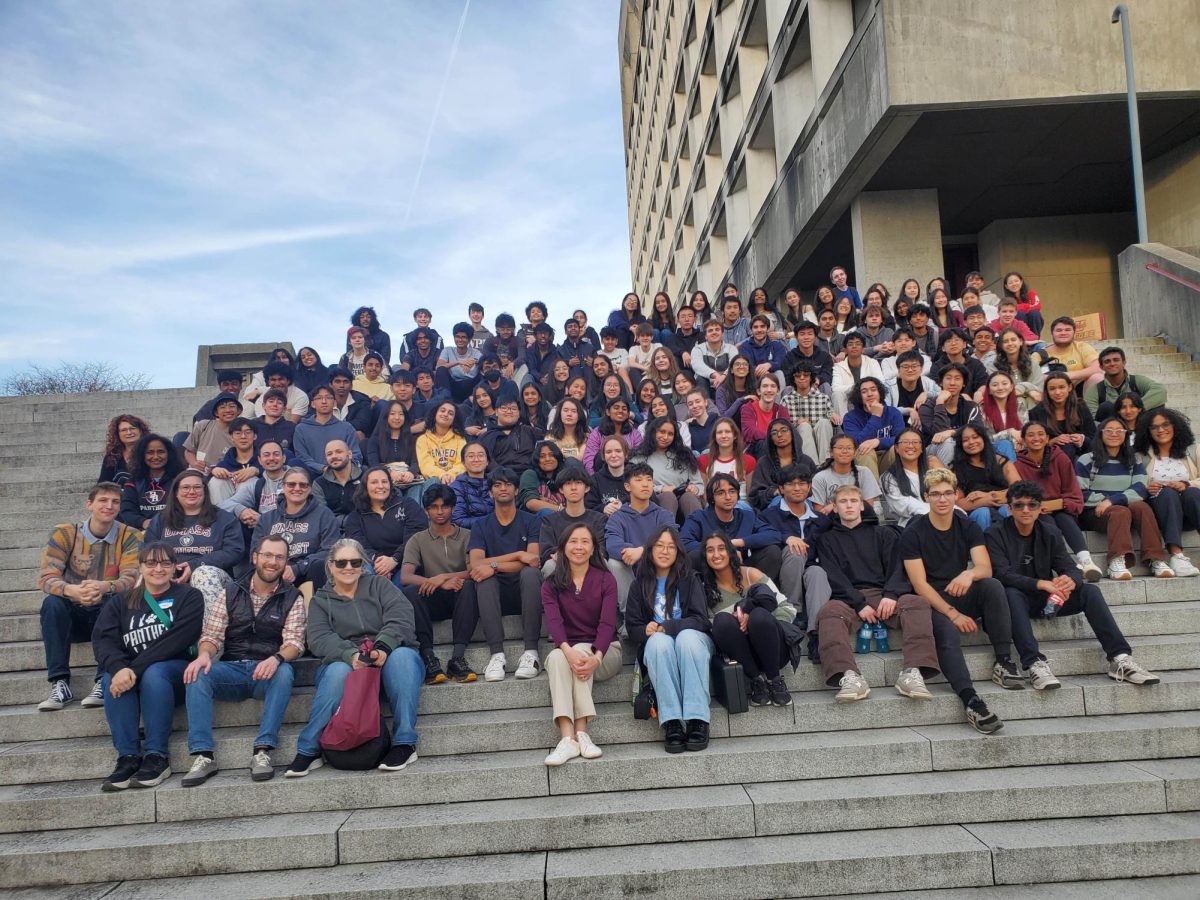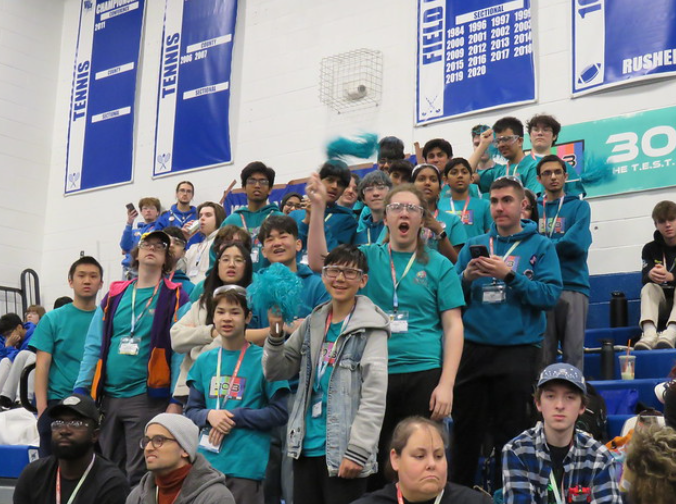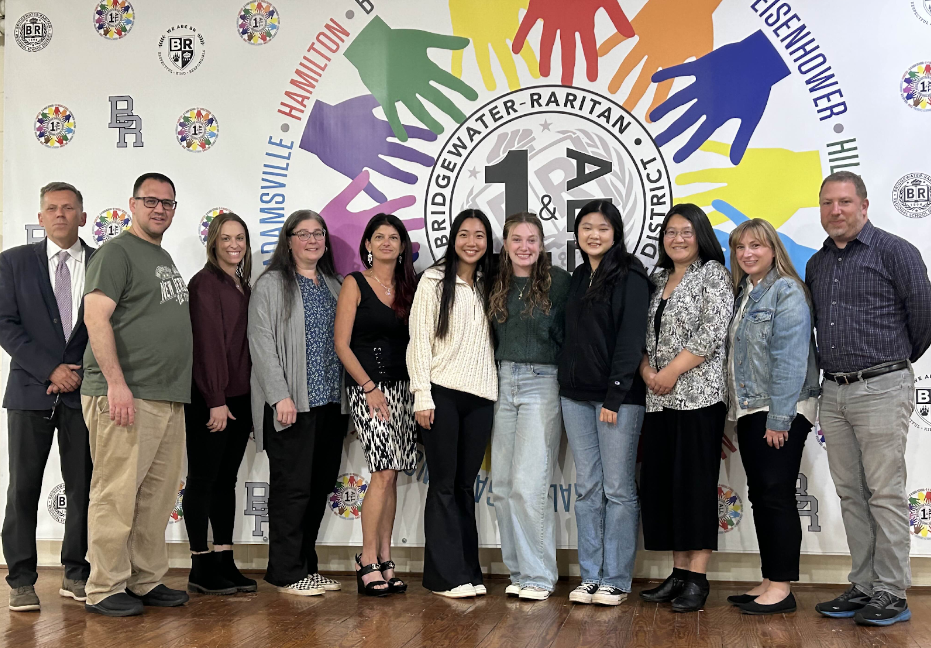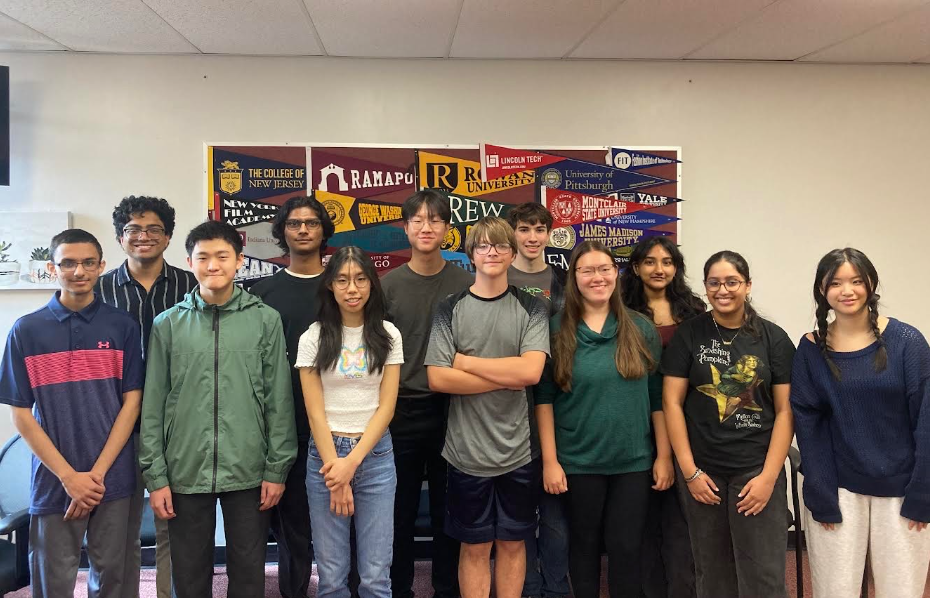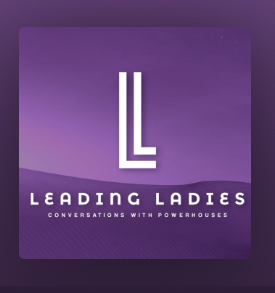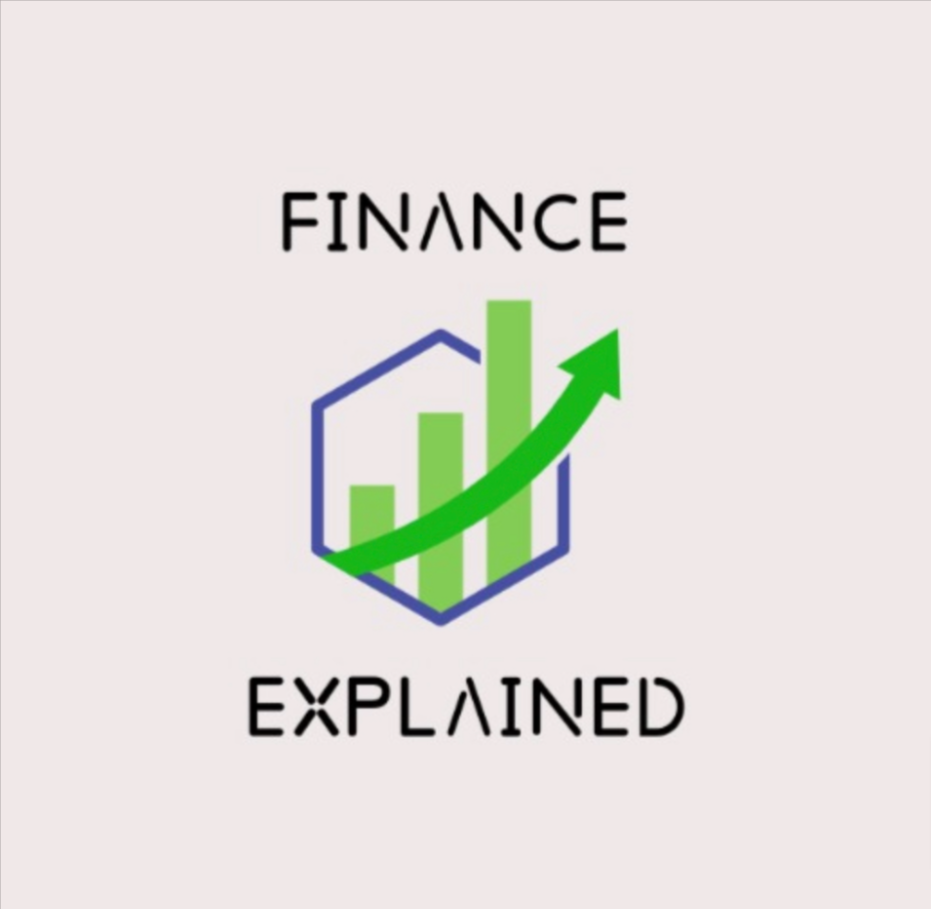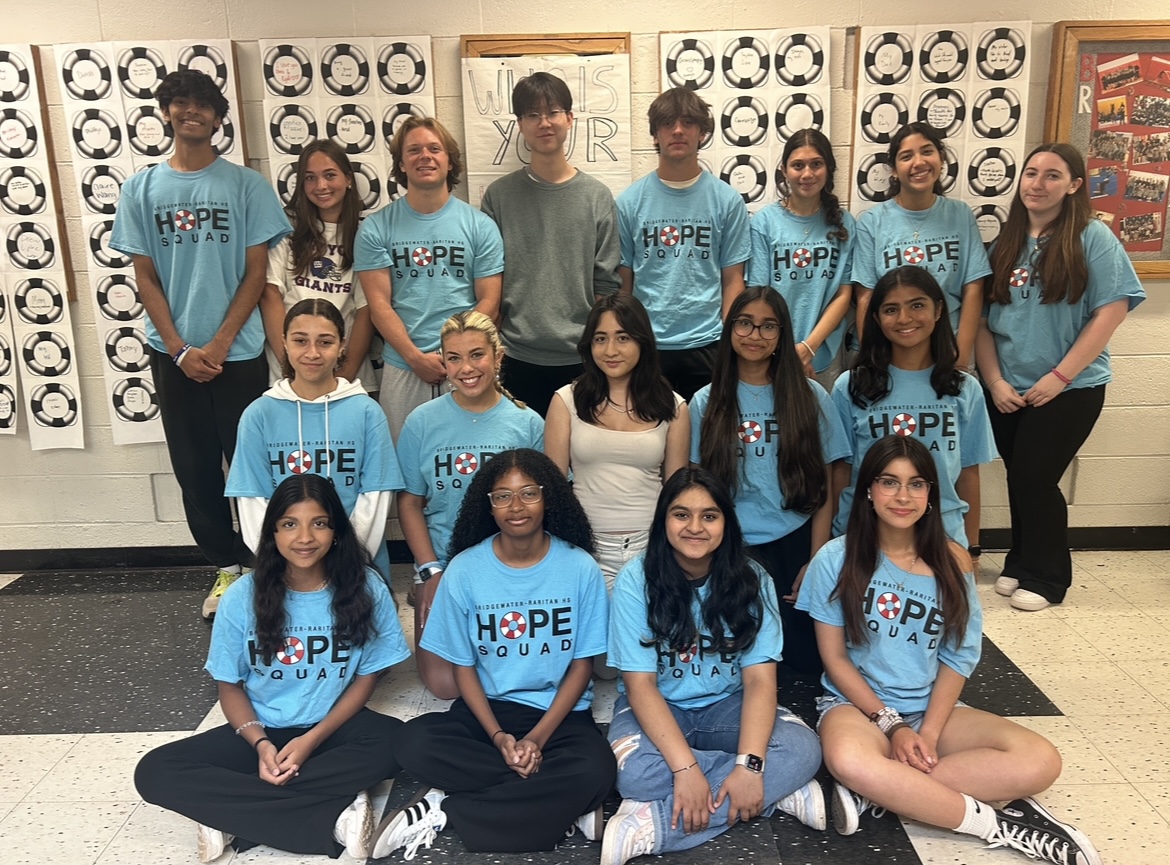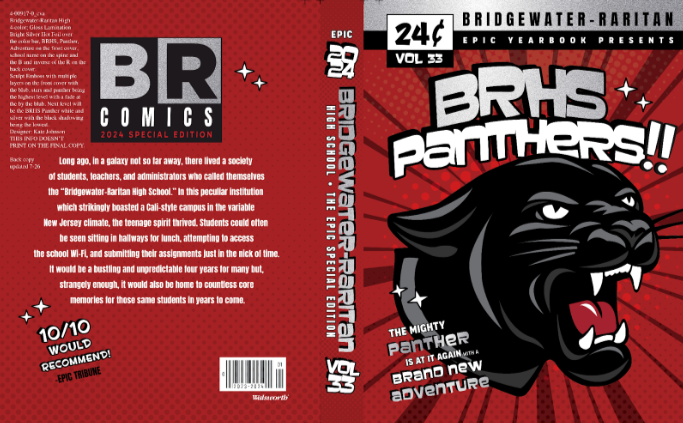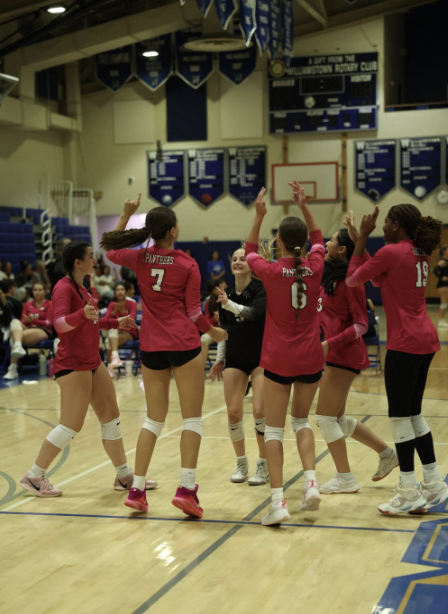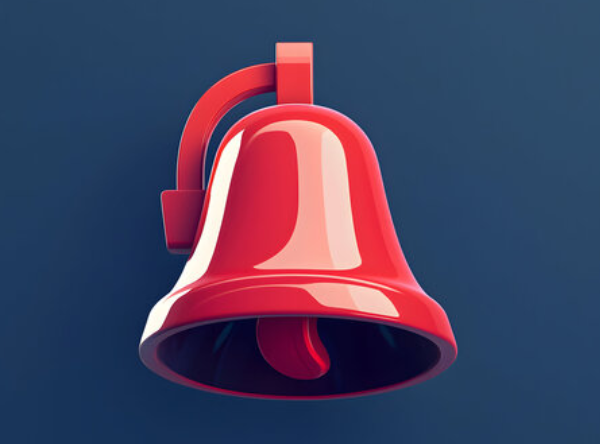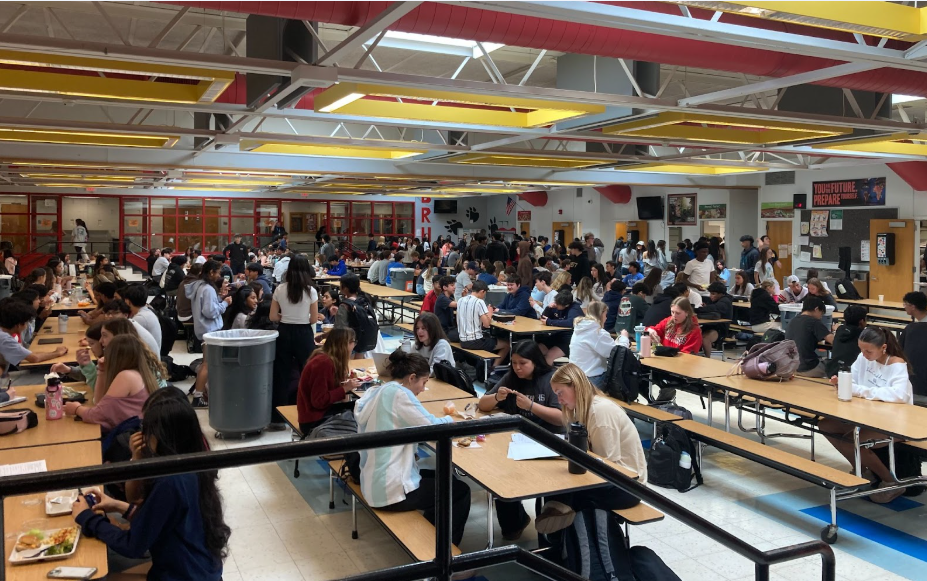With the fast pace of many classes at Bridgewater-Raritan High School, it is easy for students to feel overwhelmed by the pressure to keep up with both listening and writing when taking notes.
However, effective notes are not just quick scribbles on a page—they are a tool that helps students stay organized, engaged, and prepared.
Exploring different note-taking methods allows students to identify the strategies that best support their preferred method of learning, whether they are reviewing for a test or simply following a fast-paced lecture.
Finding the Right Note-Taking Method
Not all note-taking styles are equally effective for every subject or learner. Choosing the most suitable method often depends on both class content and individual learning preferences.
The “Cornell Method” is a popular note-taking strategy for Social Studies and English classes. It divides the page into three parts: one for general notes, one for key questions and vocabulary and one for a short summary. This structure promotes critical thinking and organized review.
Freshman Arshiya Aggarwal shared her perspective on the Cornell Method.
“I find Cornell notes an effective strategy because they help me stay organized, as the layout makes it easy to separate key ideas, details and summaries. I use the Cornell strategy the most in World Civilizations, since there are a lot of important terms and concepts that I need to break down and remember,” she said.
Another popular approach is the “Outline Method”. This strategy arranges information in bullet points and indentation to reflect the hierarchy of ideas. It is particularly useful in subjects that require memorization of detailed facts or complex concepts, such as Science or Social Studies.
The “Mind Map Method” is a strategy well-suited to visual learners. Main ideas are written on the center of the page, while related concepts branch outward. This method is often used when brainstorming, analyzing relationships and studying topics with multiple ideas.
Maintaining Organization During Class
Organized notes begin with preparation. Students should label notes with the date and topic to assist with future review. During class, students must concentrate on recording main ideas, definitions and examples rather than attempting to write down everything word for word. Teachers often use verbal cues to signal important content, such as repetition of concepts or a change in tone, and recognizing these clues can significantly help students identify what to jot down.
Using Abbreviations and Symbols
In order to keep up with teachers’ rapid paces, students must use personal abbreviations and symbols to avoid falling behind while writing. Common examples include “w/” for “with,” “b/c” for “because,” or arrows to indicate cause and effect. Students should keep in mind that notes can always be edited for formality and consistency after class, so minor errors in spelling or grammar are acceptable during the drafting process.
Revising and Revisiting Notes
The process of notetaking should not end when students exit the classroom. Reviewing and revising notes is crucial to reinforce understanding and absorption of material, helping students identify any areas of confusion. Students are encouraged to rewrite unclear sections, add missing information from textbooks or other class resources and highlight important terms or concepts.
Summarizing the notes at the bottom of the page can also help students strengthen their memory and provide a quick reference during study sessions.
Enhancing Notes with Visual Aids
For visual learners, incorporating diagrams, charts or timelines into notes can significantly help clarify complex concepts and improve retention. For example, a diagram of cell division or a timeline of historical events can provide students with a visual representation that complements their written information.
Choosing Between Digital and Paper Formats
Both handwritten and digital note-taking offer various benefits. Many argue that handwriting has been linked to improved retention because it requires greater cognitive processing. Others believe that digital applications, such as Google Docs, OneNote and Notion offer speed, convenience and the ability to quickly locate information.
The decision between paper and digital formats should be based on students’ preferences and the most effective method for the subject being taught.
Freshman Shubham Roy-Choudhury offered his insight on his preferred note-taking format.
“I prefer typing when I am already somewhat knowledgeable on a topic, as it allows me to take notes quickly. I find handwriting more effective when learning new material, because it helps me retain information more efficiently,” he shared.
Evidently, effective note-taking is a vital skill that requires students to consider various strategies, empowering students to stay organized, retain information and excel academically.

